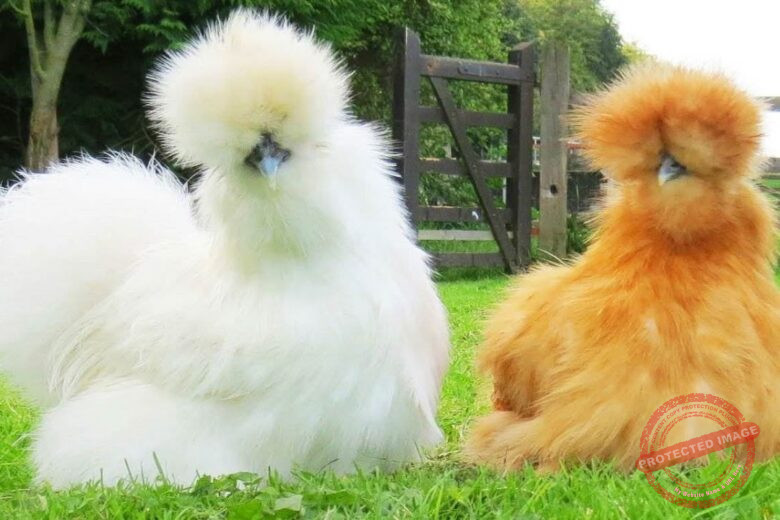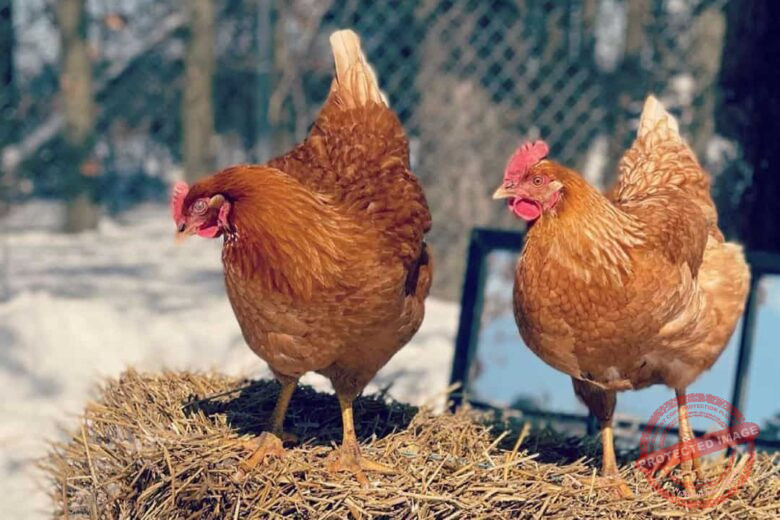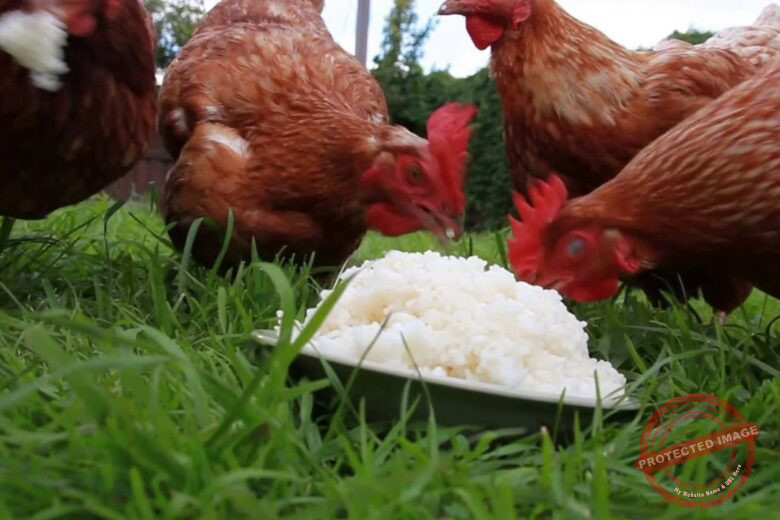When the sun starts to set and the day winds down on the farm, there’s something peaceful about watching chickens hop up to their favorite perches. They cluck softly, settle their feathers, and tuck their heads in for the night. It’s simple, but it’s one of those small joys you only understand when you’ve raised chickens yourself. A good roost isn’t just a place for them to sleep—it’s a safe, comfortable space that keeps them off the ground, away from drafts, and feeling secure.
I remember when I first started raising chickens. I didn’t pay much attention to roosts for chickens. I figured a few old boards would do the trick. But soon, I noticed some hens refusing to perch, preferring to huddle on the coop floor instead. That’s when I learned: not all roosts are created equal. The right roost can make your flock happier, healthier, and even cleaner. It’s the little details that make a big difference.
Whether you’re just getting started or looking to upgrade your coop, this guide will walk you through the 15 best chicken roost ideas your flock will love. From simple wooden bars to creative tree branch perches, there’s something here for every setup and budget. And if you’re like me—someone who likes to build things with their own hands—you’ll probably find a few ideas that’ll make you want to head straight to the tool shed.
Why Roosts Matter More Than You Think
Roosts aren’t just furniture for your coop—they’re essential to your chickens’ wellbeing. Chickens are natural perchers. In the wild, they roost in trees at night to avoid predators and feel safe. When you give them proper roosts in your coop, you’re mimicking that instinctive need.
The right perch also helps keep your birds clean. Chickens instinctively poop during the night, and if they’re on the ground, they’ll wake up messy. A raised perch keeps them clean and reduces the risk of parasites or infections. Plus, it makes coop cleaning easier for you too.
What Makes a Good Chicken Roost
Before we jump into the best roost ideas, let’s get the basics right. Good roosts for chickens share three key qualities:
-
Comfortable Grip – Chickens don’t wrap their toes like parrots. They rest flat-footed, so wide, flat surfaces are best.
-
Safe Height – Too low, and they feel exposed. Too high, and heavier breeds can injure their legs jumping down.
-
Smooth, Natural Material – Wood is perfect. Avoid metal or plastic, as those can get too cold or slippery.
Once you understand that, you can get creative.
1. The Classic Wooden Bar Roost
Sometimes, simple is best. A sturdy 2×4 board laid flat works perfectly for most flocks. It’s easy to clean, easy to build, and chickens love the wide surface. Sand the edges a bit so there are no splinters, and your birds will happily settle in every night.
2. Tree Branch Roosts
This one’s my personal favorite. If you’ve got access to some old tree limbs, you’re halfway there. Choose branches about 2 inches thick, with smooth bark. It looks rustic, feels natural underfoot, and gives your coop that forest feel. I once used a maple branch from a storm-fallen tree—it’s still my hens’ favorite perch.
3. Ladder-Style Roosts
Perfect for smaller coops, ladder roosts are made by connecting wooden rungs to two side rails. You can lean it against the wall or hang it freely. Chickens love being able to choose their level. Just make sure to space the rungs about 12 inches apart to prevent droppings from falling on those below.
4. Swinging Roost
If you want something fun, try a hanging roost that swings gently. Chickens get used to the motion quickly, and it adds a bit of entertainment. A simple wooden dowel or bar suspended by ropes works fine. Just make sure it’s stable and not too wobbly at first.
5. Multi-Level Roost System
Got a big flock? Build a tiered roost system with 2–3 levels. This allows more birds to roost comfortably without crowding. Just be mindful of droppings—stagger the perches so nobody gets an unwanted “gift” overnight.
6. Removable Roosts
Cleaning day gets much easier when your roosts can lift right out. Simply mount wooden perches into notched side supports so you can pull them out to scrub or disinfect. If you’ve ever had mites or droppings build up under fixed bars, you’ll love this design.
7. Corner Roost
If space is tight, tuck a roost diagonally into a corner. It makes use of wasted space and can be combined with a lower “step” roost to help heavier birds climb up safely.
8. PVC Pipe (With a Twist)
PVC alone is too slippery for roosts, but if you wrap it with grip tape or rubber tubing, it can work in a pinch. It’s lightweight, easy to clean, and good for temporary setups like brooder boxes.
9. Foldable Roost
For mobile coops or tractors, a foldable or hinged roost is perfect. You can fold it up during the day to make cleaning or collecting eggs easier. Chickens adapt quickly, and it keeps the coop neat.
10. Crate or Pallet Roost
Got old wooden pallets or crates lying around? Upcycle them into roosts! Cut and sand them, then mount horizontally for a rustic and eco-friendly touch. My first pallet roost lasted years before I finally replaced it.
11. Rope Roost
A thick rope (like the kind used in climbing gyms) strung tightly between two posts can serve as a fun, flexible perch. Chickens enjoy balancing on it, and it’s surprisingly sturdy when pulled tight.
12. Outdoor Roosting Bar
If you’ve got a run or outdoor pen, give your chickens a sunny roosting spot outside. Mount a thick branch or board between posts where they can bask during the day. Just make sure it’s shaded in the summer.
13. Step-Up Roosts for Heavier Breeds
Bigger birds like Orpingtons or Brahmas prefer shorter jumps. Create a step-up system—small ledges or lower bars that lead up to the main perch. It keeps their legs safe and helps avoid injuries.
14. Wall-Mounted Roosts with Drop Boards
Mount roosts directly to your coop wall and install a removable board underneath to catch droppings. It makes cleaning easy and keeps the coop smelling fresher longer.
15. Combination Roost and Nesting Box
For smaller flocks, combine your nesting area and roost system in one unit. Just make sure roosts are higher than the boxes, so hens don’t sleep where they lay. It’s efficient, tidy, and saves space.
A Quick How-To: Building a Basic Wooden Roost
You’ll need:
-
One 2×4 wooden board
-
Screws or nails
-
Sandpaper
-
Two side supports
Steps:
-
Cut your board to the desired length (about 6–8 inches per chicken).
-
Sand the edges smooth.
-
Mount it flat (wide side up) on side supports about 18 inches off the ground.
-
Secure it firmly and check that it doesn’t wobble.
That’s it! Your chickens will probably jump up to inspect it before the day’s out.
A Small Story from My Coop
One winter, I decided to rebuild all my roosts using leftover barn wood. It smelled faintly of pine, and the hens were curious from the moment I carried it in. By evening, they were already lined up in perfect order—my old hen, Marigold, at the top, and the younger pullets down below. I remember standing there in the quiet coop, warm from their body heat, watching them settle in. That’s when it hit me: small comforts matter, even to animals.
FAQs About Roosts for Chickens
1. How high should chicken roosts be?
Most breeds do well with roosts between 18 and 36 inches high. Heavier birds may prefer lower levels.
2. How much space does each chicken need?
Give each bird at least 8 to 10 inches of perch space. Bigger breeds appreciate a bit more room.
3. Should I use round or flat roosts?
Flat surfaces (like 2x4s) are better because chickens rest flat-footed. Round perches can cause sore feet or frostbite in cold weather.
4. Can I use metal roosts?
Avoid metal—it gets too cold in winter and can freeze to your chickens’ feet. Stick with wood.
5. What’s the best wood for roosts?
Pine, maple, or oak are good choices. Avoid treated wood—it can contain harmful chemicals.
Final Thoughts from One Farmer to Another
A good roost might seem like a small thing, but for your flock, it’s a nightly refuge. When you build roosts that feel safe and natural, you’re not just giving your chickens a place to sleep—you’re giving them comfort, security, and peace. Whether you use branches, boards, or a mix of both, your hens will reward you with calm nights and healthy mornings.
At the end of the day, that’s what good farming is all about: paying attention to the little things that make life better for the creatures in your care. So, which of these roost ideas will you try first?



